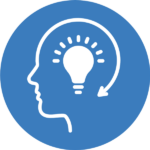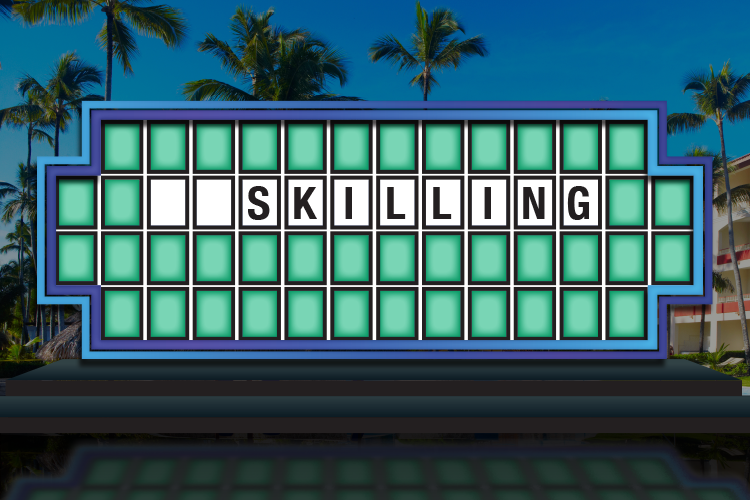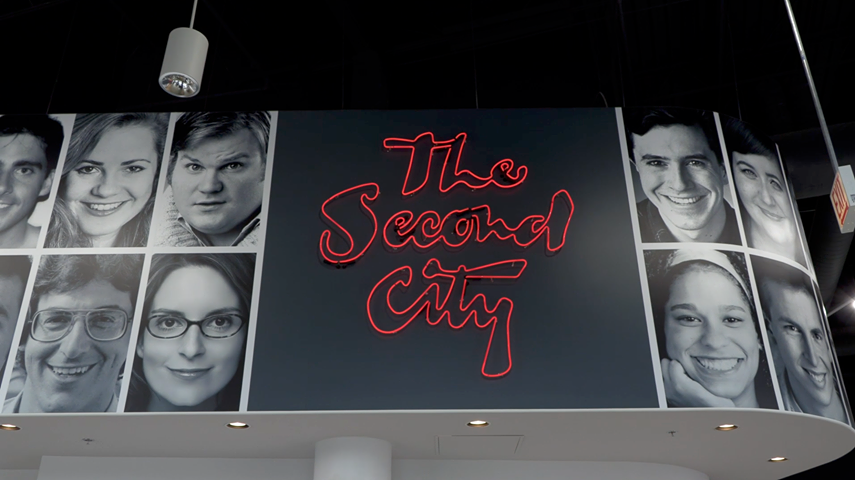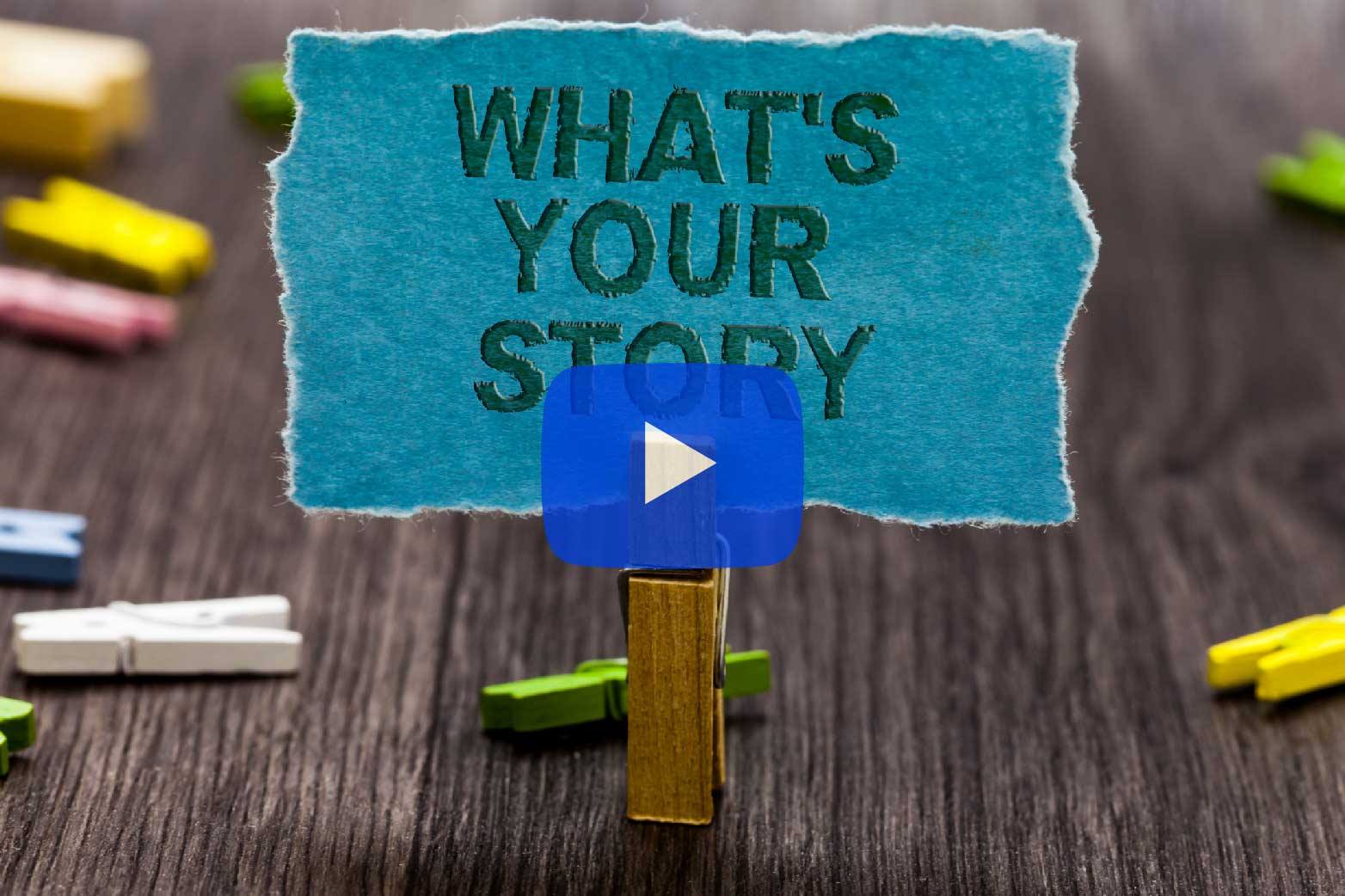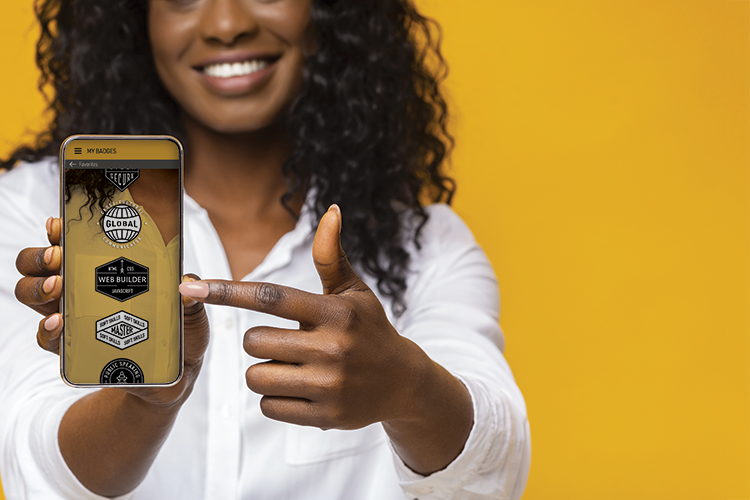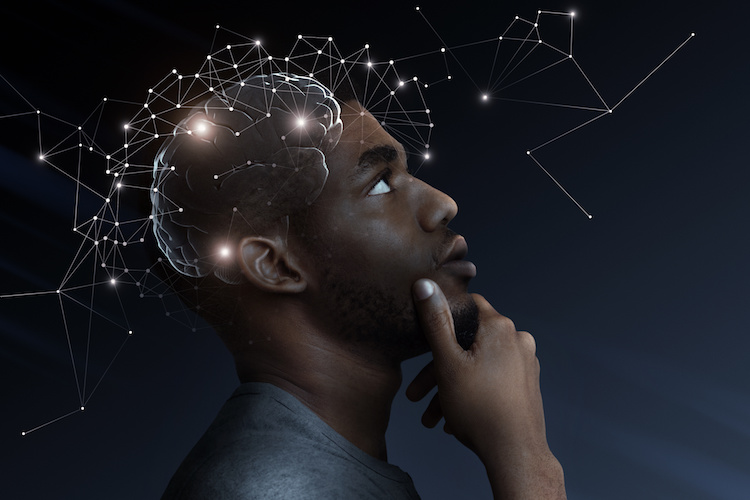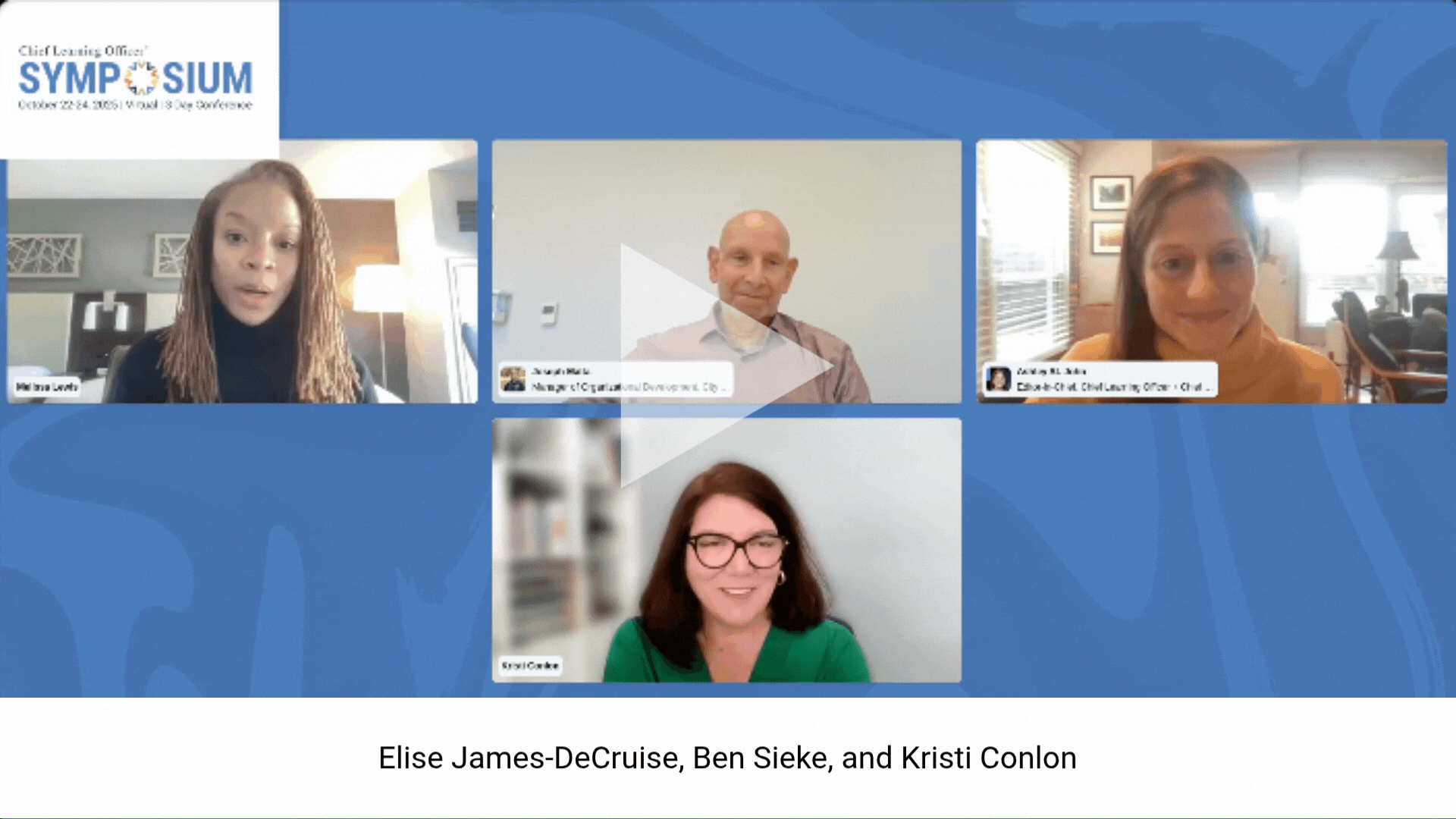-
Skillsoft enters restructuring agreement with lenders
The agreement aims to help the organization reduce its debt from approximately $2 billion to $585 million.
-
Navigating semantics and skills: reskilling vs. upskilling
It’s become easy — and common — to use “reskilling” and “upskilling” interchangeably. But they are, in fact, different.
-
Video: Taking improv offstage and into the office
Improv is learning by doing, says Kelly Leonard, executive vice president of Second City Works.
-
We should not equate online learning with asynchronous learning
Today’s students can choose between two qualitatively different types of online learning — asynchronous and synchronous.
-
Video: Storytelling as a tool for learning
A collection of data-informed stories is similar to a collection of data points. When equipped by technology, storytelling is a useful tool for learning.
-
Keeping up with (and verifying) digital badges and credentialing
Digital badges and credentials have blown up. Now, we need to verify them through an industry standard that makes sense to stakeholders.
-
Creating learning experiences that don’t suck
The majority of experiences that have a lasting impact on us as humans are those we truly feel a part of. Why should learning be any different?
-
Consider scenario-based microlearning for soft skills
When done right, emotional learning centers in the brain can be effectively engaged with scenario-based storytelling using video or animation.
- BUDDY PASS NOW AVAILABLE on CLO Symposium Registration, CLO Accelerator Enrollment and Membership.
- BUDDY PASS NOW AVAILABLE on CLO Symposium Registration, CLO Accelerator Enrollment and Membership.
- BUDDY PASS NOW AVAILABLE on CLO Symposium Registration, CLO Accelerator Enrollment and Membership.
- BUDDY PASS NOW AVAILABLE on CLO Symposium Registration, CLO Accelerator Enrollment and Membership.

Learning delivery is the method in which organizations provide training and development programs for employees. Management can create e-learning courses and continuous learning experiences for their employees.

